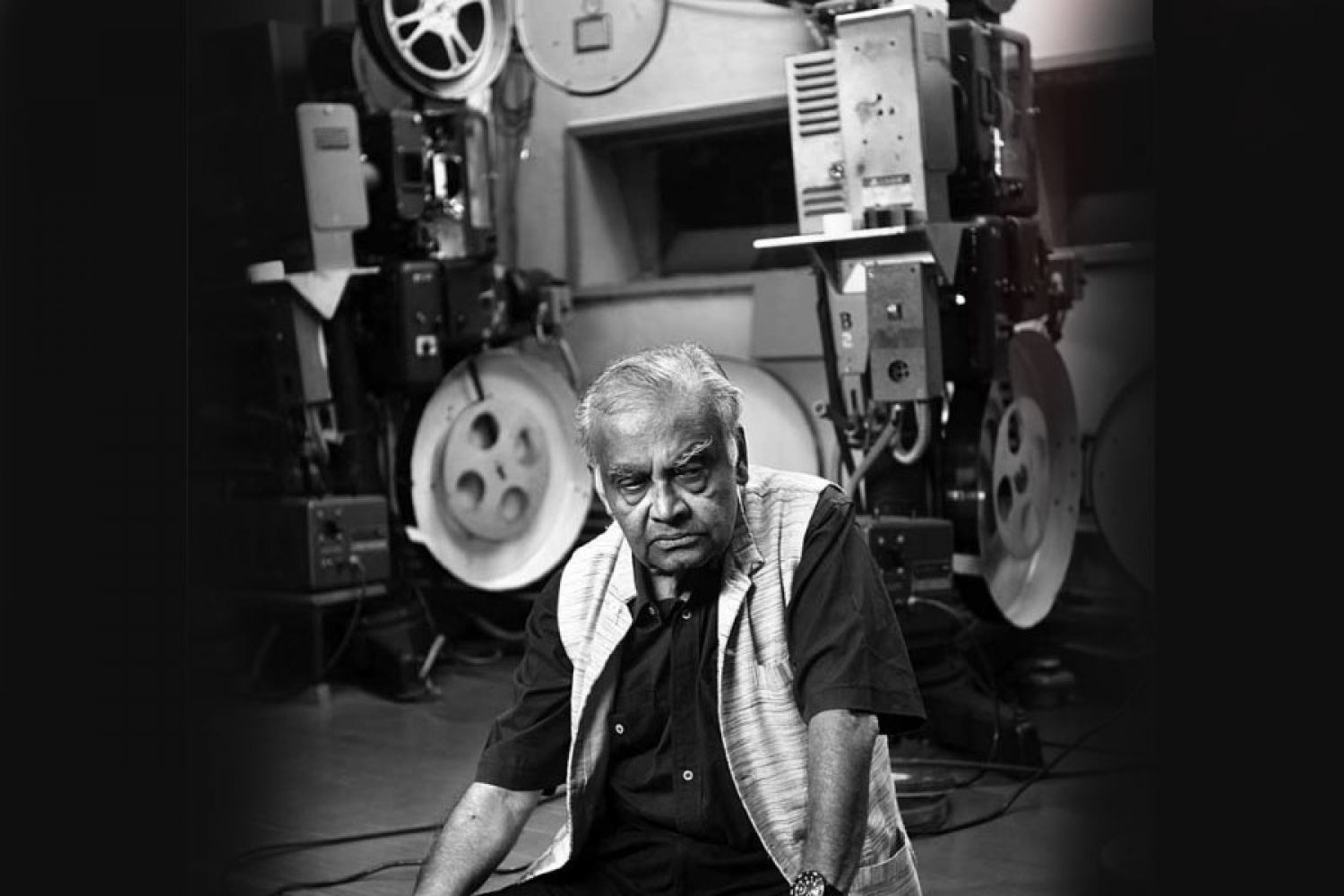
Cinema is about time
and its fragments, orchestrated to produce a harmonious whole through a
narrative. The results depend upon the talent of directors but what they create
is a record of the world in action in a span of time, and therefore deemed
worthy of preservation in an archive so that viewers can perceive the world and
its goings on in particular moments of human history as seen by a certain film
maker. In order to make preservation and viewing of films from the past,
distant and no





